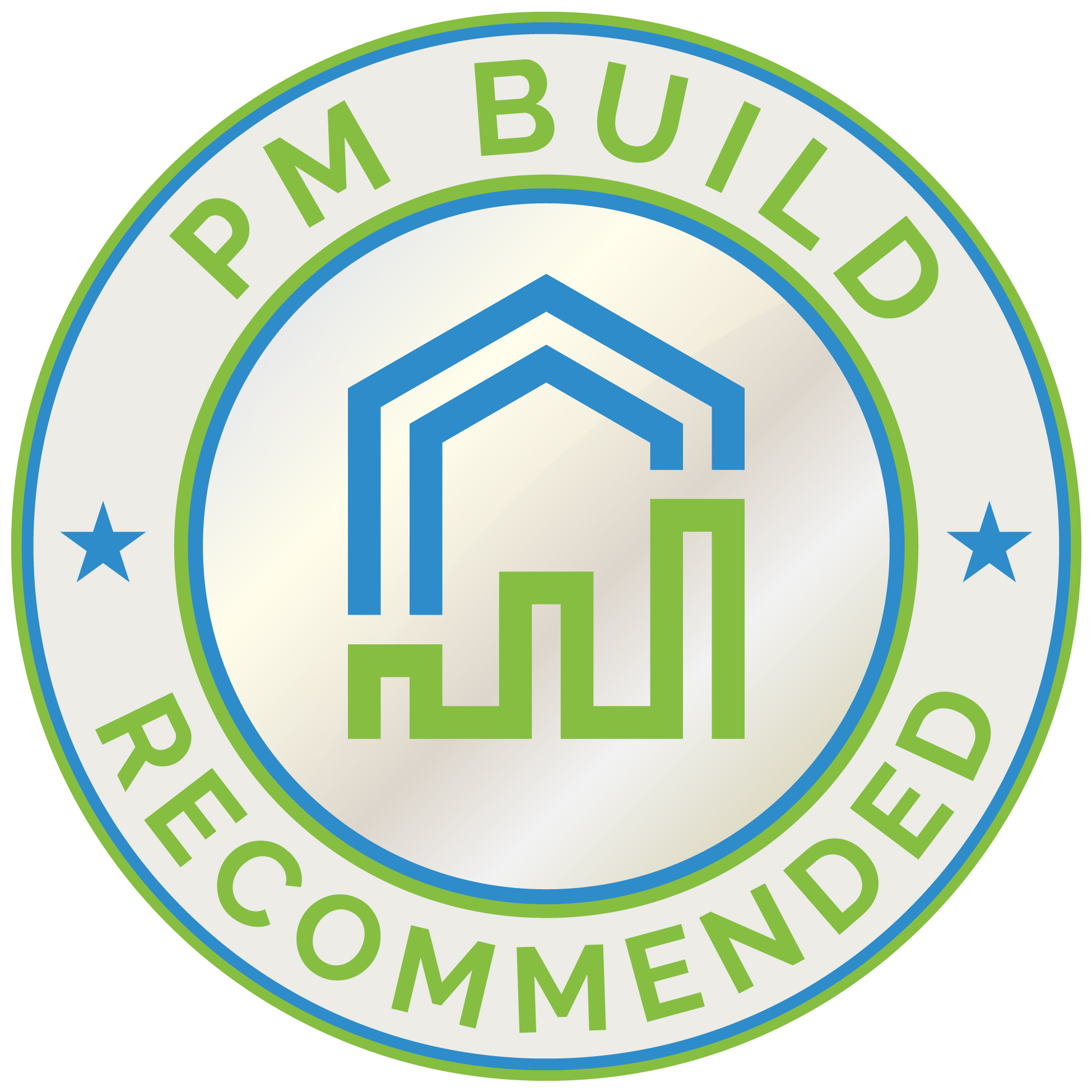Seasoned investors already understand that real estate leverage is one of the most powerful tools for building long-term wealth. It allows you to maximize the impact of your own capital by controlling high-value real estate investments with relatively small initial investments. In a strong real estate market like Austin, leveraging allows you to grow your real estate portfolio faster, increase cash flow, and benefit from property appreciation—all while maintaining liquidity for future real estate projects or unexpected expenses.
Instead of tying up $500,000 in one property, many investors prefer to break that down into four or five leveraged properties. With the right loan-to-value ratio and a clear understanding of your personal risk tolerance, this strategy provides more flexibility and higher earning potential—especially when real estate values are trending upward.
Why Leverage Is a Go-To Strategy for Real Estate Investors
Seasoned investors already understand that real estate leverage is one of the most powerful tools for building long-term wealth. It allows you to maximize the impact of your own capital by controlling high-value real estate investments with relatively small initial investments. In a strong real estate market like Austin, leveraging allows you to grow your real estate portfolio faster, increase cash flow, and benefit from property appreciation—all while maintaining liquidity for future real estate projects or unexpected expenses.
Instead of tying up $500,000 in one property, many investors prefer to break that down into four or five leveraged deals. With the right loan-to-value ratio and a clear understanding of your personal risk tolerance, this strategy provides more flexibility and higher earning potential—especially when the housing market is moving in your favor.
Why Real Estate Investors Rely on Leverage
Many real estate investors use leverage to scale their property portfolio more quickly. Here’s why:
Amplified Returns: When property appreciates, your cash-on-cash return increases because your gains are based on the full purchase price, not just your cash invested.
Portfolio Diversification: Leveraging allows you to purchase multiple properties instead of tying up all your own funds in one deal.
Increased Passive Income: More properties mean more rental income, which can create stronger monthly cash flow.
Tax Benefits: Interest on mortgage payments is often tax-deductible, and depreciation can reduce your taxable income.
But these benefits only pay off when leverage is used wisely.
How to Use Leverage in Real Estate Investing
Here are the most important tips for leveraging real estate effectively:
1. Start with a Solid Investment Property
Before thinking about debt financing, choose a property in a growing housing market like Austin. Look for strong rental income potential, low vacancy rates, and opportunities for property appreciation. A good investment property sets the foundation for successful leverage.
2. Understand Your Loan Options
Real estate investors often use:
Traditional mortgages
Private equity loans
Hard money loans
Home equity lines (HELOCs)
Each loan type comes with different interest rates, loan-to-value (LTV) ratios, and closing costs. Choosing the right financing is key to protecting your net cash flow and reducing risk.
3. Keep an Eye on Cash Flow
Your monthly mortgage payments, loan payments, and expenses must be lower than your rental income to maintain positive cash flow. Many real estate investors use tools like cash flow calculators and budgeting apps to forecast expenses and income.
4. Manage Your Loan-to-Value (LTV) Ratio
The LTV ratio measures how much you borrow compared to the market value of the property. For example, if you buy a property for $300,000 with a $60,000 down payment, your LTV is 80%. Lower LTV ratios usually mean lower private mortgage insurance costs and more favorable terms.
5. Assess Your Risk Tolerance
Ask yourself: How much leverage can I handle? Leveraged investments amplify both gains and losses. If property values drop or the real estate market shifts, you may end up with negative cash flow or even owe more than the property relative to its market value. Your personal risk tolerance should always guide your strategy.
The Risks of Using Too Much Leverage
While leverage can boost your investment portfolio, too much leverage can backfire. Risks include:
Larger Mortgage Payments: Straining your budget and cash flow.
Market Volatility: A dip in the housing market can turn a good deal into a financial burden.
High Debt-to-Equity Ratio: Reduces flexibility and raises lender risk.
Negative Cash Flow: When loan payments and expenses exceed rental income.
Many real estate investors get into trouble when they stretch themselves too thin. That’s why it’s essential to regularly review your real estate investment leverage strategy, especially when acquiring multiple properties.
Real-World Example of Real Estate Leverage
Let’s say you have $100,000 to invest:
Option A: All-Cash Purchase
Buy one $100,000 rental property outright. Let’s say it brings in $1,200/month in rent.
Annual income: ~$14,400
Option B: Leveraged Purchase
Use $25,000 as a down payment on four $100,000 properties, borrowing the rest. After accounting for mortgage payments, let’s say each brings in $500/month in net cash flow.
Annual income: ~$24,000
In this case, you’re using other people’s money to create more passive income—a powerful illustration of financial leverage.
Leveraging to Build Long-Term Wealth
Used wisely, leveraging can help you:
Grow your real estate portfolio faster
Build equity as the loan balance decreases
Benefit from property appreciation
You’re not just investing in one property—you’re creating a sustainable real estate investment portfolio.
Expert Advice from Monte Davis Property Management in Austin, TX
If you’re wondering how to use leverage in real estate without taking on excessive risk, working with experienced professionals is crucial. At Monte Davis Property Management, we help Austin investors maximize their returns while protecting their investments. Our team offers full-service property management, rental analysis, and market insights tailored to your investment property goals.
Whether you're just starting out or looking to expand your property portfolio, we can help you make informed decisions about leveraging in real estate and navigating the ever-changing real estate market.
Is Leverage Right for You?
Leveraging real estate is not one-size-fits-all. The ultimate guide to leverage in real estate investment includes understanding your finances, monitoring your cash flow, and knowing when to scale. With careful planning, you can use leverage to unlock new opportunities, boost your investment portfolio, and generate lasting passive income.
Still have questions? Contact us at Monte Davis Property Management in Austin, TX, for expert guidance on smart real estate investing. Visit www.montedavispm.com to learn more about how we support real estate investors just like you.









